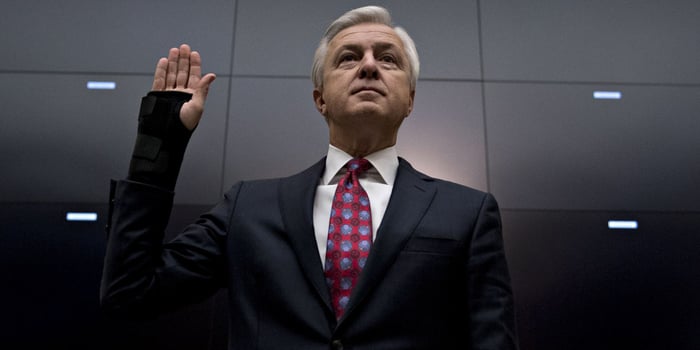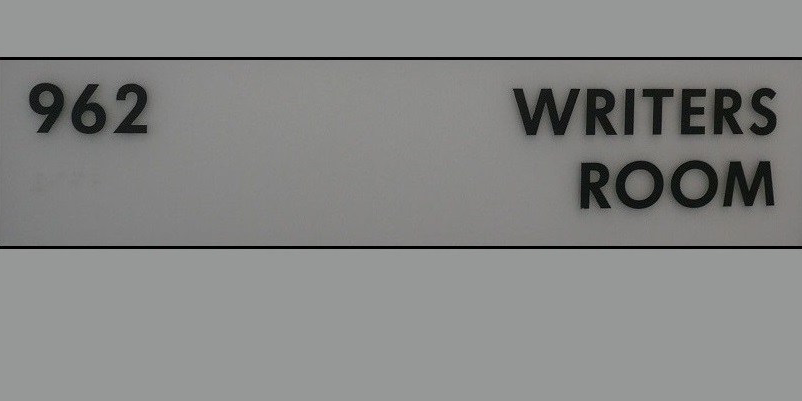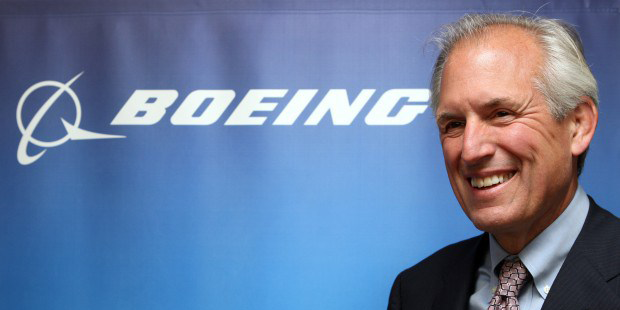John Stumpf, chief executive officer of Wells Fargo & Co., swears in to a House Financial Services Committee hearing in Washington, D.C., U.S., on Thursday, Sept. 29, 2016. Photographer: Andrew Harrer/Bloomberg
This post is from The Harbus, the news organization of Harvard Business School. Click here to see the original article and here to learn more about Professor Sharer.
Every once in a while something happens in the business world that compels us to stop, take notice, reflect, and learn. Enron’s collapse, the financial crisis, the VW diesel emission scandal, and BP’s Macondo oil well explosion come to mind. The Wells Fargo reputation implosion unfolding now is another example, and it is full of lessons for future and current leaders. Like most truly troubling events, it is a multi-element situation that does not easily yield to a single point failure analysis. Of course CEO and board choices and behaviors are at the heart of the problem, but there are many other elements. Let’s use our HBS analysis and critical thinking skills to dissect the case and see what lessons we can take away.
First, some case facts are in order. Wells was the highest market capitalization and most successful bank in the United States. Wells weathered the 2008 crisis better than virtually all other big banks, and prided itself on being a big bank with small town focus and ethos across its many thousands of branches. The CEO is an experienced, respected, capable, and good person who has been in the job for almost a decade, and by all prior measures has done a superb job. The board has the requisite complement of CEOs, ex-government financial executives, diverse leaders, and a lead director who was the successful CEO of a large, complex public company. The company had solid financial performance and a key goal was to cross-sell the bank’s multiple products to its customer base. Cross-selling metrics were a key performance measure for branch managers and employees and central to their compensation.
Several years ago, it became known that some employees opened, without customer knowledge, fraudulent credit card accounts and in so doing received cross-selling credit. The bank discovered this fraud and over the course of several years fired nearly 5,300 employees or about two percent of the total workforce. The fraudulent activity generated millions in fees, but these were in the main small fees which were inconsequential compared to the banks $20 billion plus annual net income. No senior executive was disciplined nor was any compensation for senior executives affected. The retail branch senior executive was to retire with a full and generous retirement package that has been valued at nearly $100 million in stock and expected pension payments.
Then, things changed! The LA Times published a story, the press picked it up widely, top regulators descended and fined the bank $185 million, and the CEO was called to testify at the Senate banking committee. The CEO at first said the problem was the 5,300 bad apples and not the bank, its compensation system, or the executives in charge. At the Senate hearing, he apologized but basically stuck to his story. He was, in the words of the FT, “savaged” and left with his job in jeopardy. In haste the board then decided to claw back $41 million of his previously granted stock and $19 million from the retiring executive’s package. Some see the board’s action as too little too late and the drama continues as the CEO returns to testify in the House. Stay tuned.
How did this stunning, rapid, and steep descent happen? The first and central problem is that the CEO did not properly assess, understand, accept, and act on the root causes. Why did the bank’s internal compliance system and processes not identify, understand, and present for management review such a pervasive problem?
He should have realized the compensation system and managers were as much at fault as the individuals. Next, he held no senior person accountable including himself. He failed to understand the context in which this would be publically viewed given the deep animosity towards banks that still lingers. He did not take personal accountability and tell the board to take compensation action that had teeth. In short, he did not own the problem and did not understand how it would be viewed. Moreover, he did not take initiative to demonstrate his understanding by experiencing personally real consequences. Simply saying "I am sorry" with no consequences is infuriating to others and smacks of insincerity to any observer.
The board also failed. They also did not properly analyze the situation, push back on the CEO, and take action. The lead director and head of the compensation committee were especially delinquent. Finally, it is likely that CEO and board advisors were involved in counseling this course of action out of perhaps fears about shareholder lawsuits or catalyzing other litigation. If so, they were very short-sighted and focused on avoiding what might have been a minor economic event. This sort of possible counsel instead led to a multi-billion dollar market capitalization loss, a permanent dent in the bank’s reputation, and the possible derailment of a CEO and board. This was a totally avoidable event.
The lessons for aspiring leaders? Look hard to understand root causes. Be sure your systems and processes are alert to and able to surface and interpret patterns of data or behaviors that may signal significant problems early. Be alert to and own your part in the problem. Make sure you hold yourself and others to account in ways that are proportional to the mistake. Understand the context in terms of relevant audiences, their perspectives, and their ability to react. In the course of a career, you will likely have a chance to see if you learned these lessons. Pass the test.














